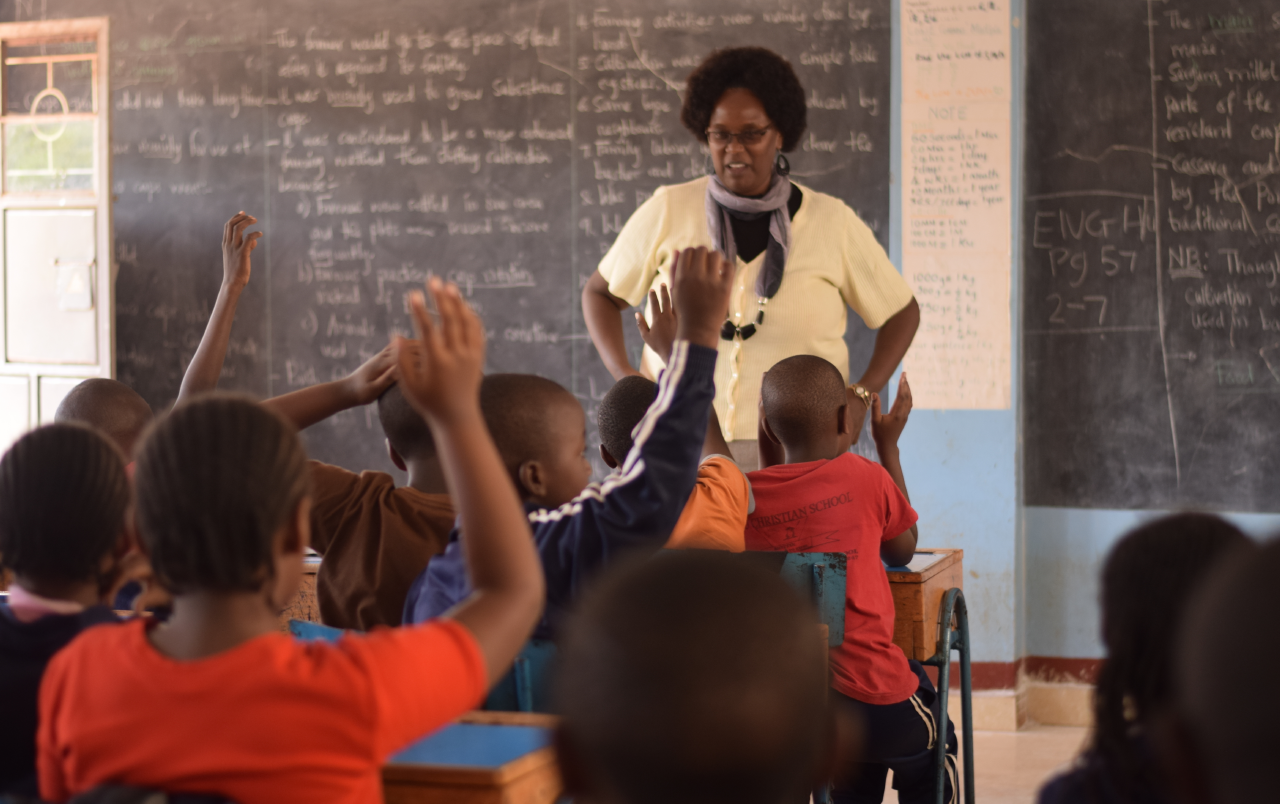As data from the last few months become available, the financial situation looks discouraging. At the same time, there is…
As with almost all facets of our lives, the Covid-19 pandemic has caused massive disruption to education. If schooling is to stay relevant, it needs constant student and system evaluation. However, school closures have denied children in Kenya access to quality education, as set out in the UN Sustainable Development Goal 4.
According to UNESCO, almost 16 million pupils have been affected by nationwide school closures. Over 80% of them are primary and secondary school learners. The Cabinet Secretary for Education has been under pressure from education stakeholders (led by Kenya Union of Post Primary Education Teachers Union KUPPET) to re-open the schools promptly. Parents now face the agonizing decision whether or not to send their children back to the classrooms. So, a key question arises: how well prepared is the Kenyan government to handle the situation?
Measures for possible re-opening
At the moment, the Ministry of Education is giving schools guidance on safety and health. However, less is said about the urgent recruitment of additional teachers and the prevalent poor infrastructure. It is an important aspect, considering that some schools have massive student strength. For instance, Manyatta primary school in Kisumu has over 3000 students, but only five washing points for both teachers and students. The pandemic shows the high cost of education, as well as the poor management of this vital sector.
Past experiences of financing the education sector, and public schools, in particular, have shown that the availability of funds to prepare the schools is a mammoth challenge. It is worse with Covid-19,
Western countries are adopting a “15 pupils per class” policy. In Kenya, that would mean that every primary and high school would need a total of 21 classrooms minimum. It would result in a total of at least 898,947 classrooms (versus 304,147 classes before the pandemic). All this without counting other rooms, such as laboratories and libraries. Because pupil numbers vary by region and school, there’s a significant variation in the number of schoolrooms and class sizes across Kenya. There are primary schools in the republic that have less than eight rooms. Some children have to learn in unfavourable settings, like under trees.
With a shortage of classrooms and the need to keep each class at 15 pupils maximum, the Ministry will likely devise the students to learn in shifts. It leaves the task of finding sufficient teachers to handle three duty periods per lesson. If students in rural areas and some parts of urban areas go to school in turns, the new arrangement will aggravate the shortage of teachers.
Equally challenging is the boarding school system, with overcrowded dormitories and dining halls. Also, wearing masks the whole day in school is uncomfortable. There is initial evidence that they cut the oxygen supply to the lungs and brain, which impacts negatively on academic productivity. Realistically, schools are a challenging place to implement distancing practices.
Controlling the virus’ spread
Successfully controlling the virus remains the most significant prerequisite for work resumption and school re-opening. To curb the spread of the virus, health experts from the Kenyan Medical Practitioners, Pharmacists and Dentist Union (KMPDU) have cautioned that school re-opening should not happen without prior mass testing of students and personnel. The testing should include teachers and other non-teaching staff. Those who are sick should be allowed to stay at home until they fully recover. Without mass screening, the government risks and even endangers the health of 16 million learners and their families. The large-scale examination would give parents the confidence that it would be safe for students to return to schools.
In Kenya, like other Sub-Saharan African countries, access to water, sanitation and hygiene is a challenge in many schools. The number of restrooms is insufficient for the student population. A country report by UNICEF 2017 estimates that only 14% of Kenyans have hand-washing facilities with soap and water. School children make up a large proportion of the total population in Kenya. Schools are the largest and most prone place to the spread of the virus.
Unfortunately, not all schools, especially those in remote or conflict-affected areas, will be able to put the required protocols in place to keep students safe. It might further delay school re-opening. The Ministries of Education and Health are currently working on safety guidelines for schools to re-start in January 2021. Kenya can learn from other countries’ experiences. It is an impossible task that requires a well thought out plan and resources.
In countries where they managed to open schools without causing more virus spread, they used other available spaces as well, like churches, libraries, and even playing fields. That way, they could spread the children out. Therefore, the Kenyan government should not rush to re-open schools until all measures to control and prevent the virus transmission have been put in place and are well adhered to. They will need to set aside sufficient resources for more personnel, Personal Protective Equipment (PPE) and Testing Kits, contact tracing and isolating new cases in all schools. With the current state of facilities, sending our children to schools will be reckless and inhuman.
Text editor: Gabriela Keseberg Dávalos


